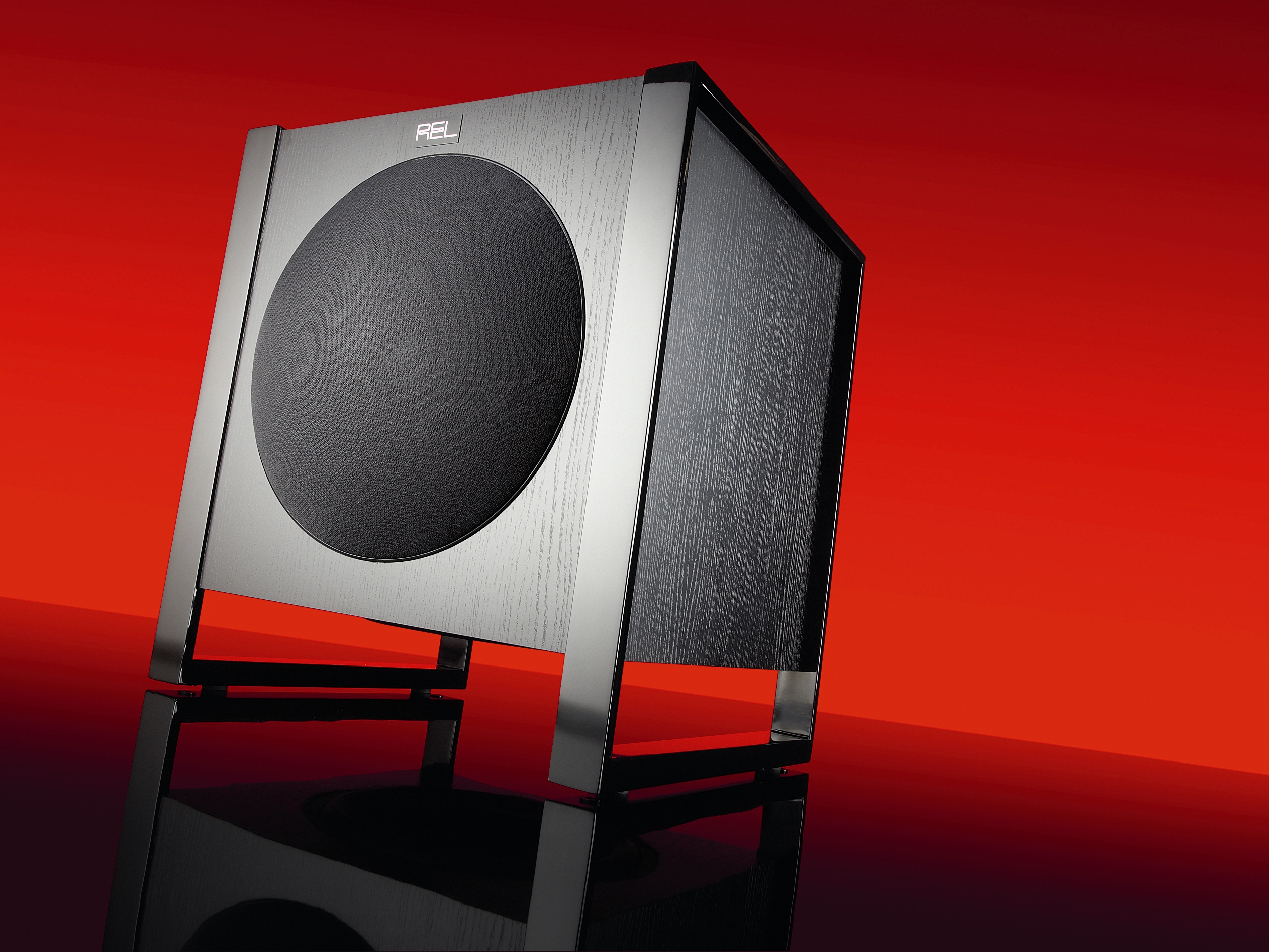TechRadar Verdict
Affordable, high-performance subwoofer sets standards at its price level
Pros
- +
Delivers impressive bass extension
Melds seamlessly with the host system
Flexible set-up and a strong delivery
Cons
- -
Some limited residual unevenness of output makes particular demands on system set-up
Why you can trust TechRadar
REL has bounced back from its takeover by the US Sumiko group with a wholesale revamp of its various ranges, the largest and most ambitious of which has yet to reach our shores.
When we first saw what it was doing at last year's CES in Las Vegas, we were concerned that REL was in the throes of diluting its designs to suit the tastes of the US market. We were wrong, and the new REL has obviously worked extremely hard on the products we've seen so far from the R series.
But now it's time to see how the entry-level T series fares. The T1 reviewed here is the largest of three otherwise identical models.
Perhaps a rather telling change is a thoughtful modification to the old REL control system. In its favour, the old system allowed the subwoofer to be wired simultaneously at speaker level so that the sub would adapt to music (with connections made in series with the main stereo speakers), and from the LFE channel for multichannel operation, but the setting up procedure was opaque to put it mildly.
The good news is that although it is much easier to configure, the dual input arrangement has been retained. This means you can switch between different types of source material without needing to change settings or even flicking a switch. The baby, it seems, has not been thrown out with the bathwater.
The T1 is rather different from previous RELs. For the first time, a forward-firing passive unit (ABR) has been added to a downward-firing actively driven unit, replacing the sealed box and vented loading. The sub is supported at an appropriate height with piano gloss-finished hardwood rails, one of the T1's two most distinctive features. The other, the domed covers over the two drivers, are shaped to allow the long cone excursions necessary at high SPLs.
In common with REL's standard practice, the T1 is designed to bolster the host system's low frequency output, without low-pass filtering the main system, and operating only up to the low frequency cut-off of the main speakers. You can still cross over at 80Hz or even higher if it really turns you on, but most floorstanders work down to 30Hz, and normal size standmounts down to, say, 40Hz. The REL usefully adds half to one octave of extension to such speakers without materially affecting their performance, the low crossover frequency ensuring this happens where the ear is relatively insensitive to the handover.
ABR loading has the benefit of the extra LF extension you expect from port loading, but there is none of the wind noise expected from such designs. The T1 extends seamlessly downwards, and can be used to (excuse the Bush-ism) 'subwooferify' large speakers, including for this test B&W CM7 floorstanders and the Jamo C803, a largish standmount.
As long as the levels are set with some care and sensitivity (after the subwoofer has been fully run in, by the way) the T1's output is reasonably flat in output down to its final cut-off, though you may encounter excessive warmth with what may at first seem like a natural handover to the main speakers. It goes loud too, without distortion or any audible compression.
The musical result is certainly impressive - the system sounds warmer and more tactile, and produces a bass output that can sound remarkably 'out of the box'. Sometimes it sounds 'out of the room' rather than being localised to the speaker complement. It is this expansiveness and a richer tonal colour palate that the T1 brings to the party. Alvin Gold
Tech.co.uk was the former name of TechRadar.com. Its staff were at the forefront of the digital publishing revolution, and spearheaded the move to bring consumer technology journalism to its natural home – online. Many of the current TechRadar staff started life a Tech.co.uk staff writer, covering everything from the emerging smartphone market to the evolving market of personal computers. Think of it as the building blocks of the TechRadar you love today.
